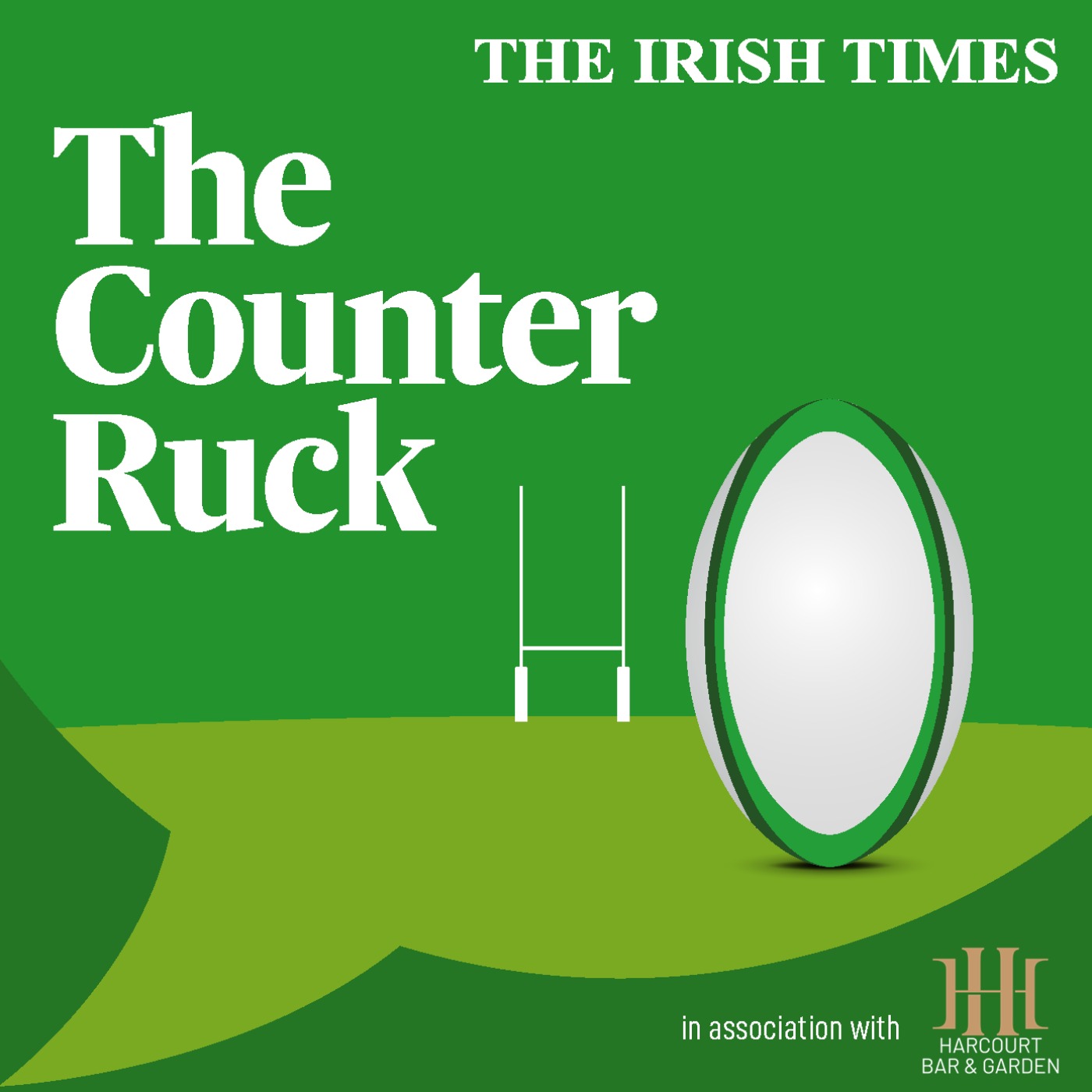Tadhg Beirne’s red card tackle on New Zealand outhalf Beauden Barrett will inspire plenty of debate and sympathy, but less so a cogent argument in defence of the Ireland secondrow under the new laws. The crucial phrase here is new laws.
Unfortunately, from an Ireland perspective, Beirne was bolt upright in contact, there was no wrap, compounded by a tucked shoulder that contacted the head of the ball carrier. It wasn’t malicious, it wasn’t aggressively dangerous, more of a self defence mechanism, bracing for the collision.
It’s easy to understand what Beirne thought was going to happen but that didn’t materialise, and he was caught out. He expected Beauden Barrett to play the ball out the back, but once the New Zealand outhalf took the ball into contact, Beirne had to hinge and attempt a legitimate tackle in a nanosecond.

Are Ireland sliding down rugby's global pecking order?
The irony was if the pass from scrumhalf Cam Roigard had gone out the back and the collision still took place as it did between two players without the ball, the probability is that play would have continued without the slightest kerfuffle.
READ MORE
The officials observed the letter of the law. Ian Tempest, the television match official, shaped the initial tone of the conversation.
The fact that the incident couldn’t be shown on the stadium screens and therefore the TMO’s initial observations, “upright, tucked shoulder to head” carried more weight than if the referee Pierre Brousset and his assistants were able to watch multiple replays and organically form their own opinions, was certainly a contributory factor.
It took an age before footage of the incident was offered on a television monitor near the halfway line and because of a growing restlessness and impatience in the crowd, there was a desire to expedite the decision.
Brousset returned and agreed with Tempest’s view of what took place, brandishing the yellow card and calling upon the foul play review officer Dan Jones to ultimately decide whether the punishment should be upgraded.
The bunker review adjudicated a 20-minute red card stating that there was “a high degree of danger”, something I’d argue about. Barrett should have gone for head injury assessment if that was the case.
The introduction of the 20-minute red card makes it easier for the match officials to make the decision that they did. If it took place before the latest updated law and the incident was viewed strictly as either a yellow- or a red-card offence, the probability would have been a yellow would have sufficed.
But what the law change mandates for is a quasi ‘yellow-and-a-half’ card, where the ‘bunker red’ is seen as being strict about player welfare while at the same time allowing the perpetrator to be replaced after 20 minutes.
A problem, though, in the context of the game is the lack of consistency with some of the officiating and that is a bugbear for players and supporters. There were several clearouts at the breakdown that weren’t within touching distance of the laws; to pick one, a shoulder charge on Josh van der Flier that was completely out of order.
The Beirne incident is yet another reminder that if a player stands upright in a collision/tackle situation he allows officials to interpret his actions and that is where the jeopardy can lie.













